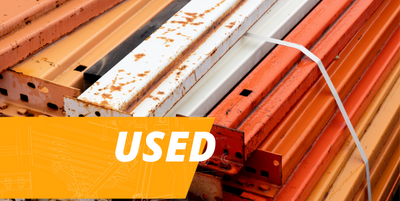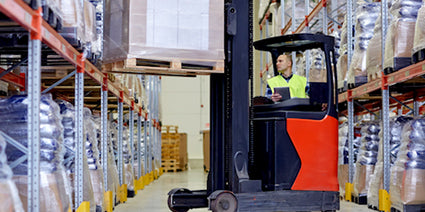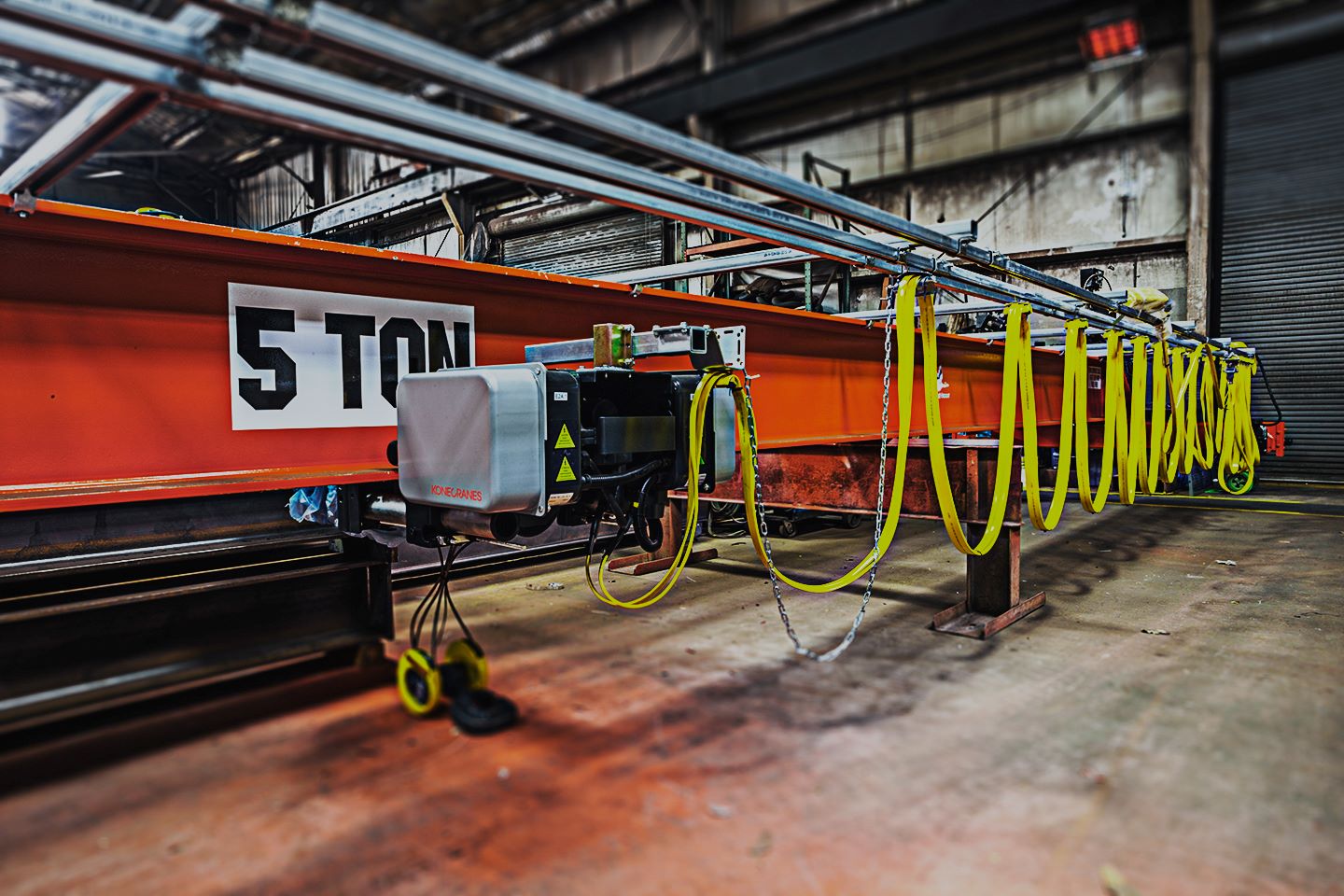Your Cart is Empty

Warehouse Emergency Repair and Preventative Maintenance
Last, but not least, any warehouse operation needs to be prepared for an emergency repair or just simple preventative maintenance to avoid those emergencies.

One final tip that will help you improve your efficiency in your inventory management is to find a company that can cover emergency repairs when needed.
Things break, and when they do a warehouse grinds to a halt, causing the business to lose money if not taken care of quickly. As you know, staying operable is crucial. When searching for material handling companies, be sure to find out what their service fleet is like.
Find out what geographic areas they cover, and what they specialize in when it comes to repairs. In addition to daily service and repair visits, after-hours and emergency repair services should be available 24 hours a day.
Preventative Maintenance
The cost of downtime can be significant. A holiday work stoppage because of malfunctioning equipment can be catastrophic to your bottom line.
Imagine having high-moving inventory on a second floor mezzanine and the conveyors break down. It could result in a complete work stoppage. A preventative maintenance program for the warehouse can keep the operation moving smoothly, and help prevent these unnecessary disruptions to your inventory management efforts.
When considering a preventative maintenance program, ensure the vendor has the expertise and the parts on hand. Find out if they will answer a call at 2:00 AM (similar to emergency repairs, make sure they have round-the-clock service).
Will they put in the hours required to solve the problem? Can they offer alternative solutions, such as temporary manual operation of conveyors?
A call for service that results in the instant deployment of repair workers with the correct parts will likely get the warehouse back up and running within hours. Having to wait for parts to be delivered could cause days, if not weeks, of delays.

Conclusion
The ultimate question for you to consider is: “Where do I start?”
When looking closely and investigating these eight areas of your warehouse, start in the ones where you know you can improve now. Implement small wins and efficiency gains here and there.
You’ll begin to unravel what you need to do to get your inventory management operations in better health.
The difference between an average warehouse (or fulfillment operation), and one that is highly optimized and efficient, is dramatic. It’s the difference between profit or loss, growth or stagnation, fast or slow, and accuracy or mistakes.
Because warehouses are usually a cost center, (operating in businesses with thin margins), this disparity often makes a measurable difference to the bottom line financial results of the business.
You may realize that your current infrastructure can work with some modifications. Other times, it may make sense to transition to a new facility and start from the ground up.
Whatever the case is, seek out professional advice, have a logistical study done and capture the data that will help you make the right decisions. You don’t want to find yourself eating extra, unnecessary costs.
Making proper modifications to both existing and new warehouse designs takes time, so when you know you have efficiency and inventory management problems to solve, it’s better to act sooner rather than later.
Doing it the right way will take your inventory management to the next level and unlock new potential in your business
Thank you!








